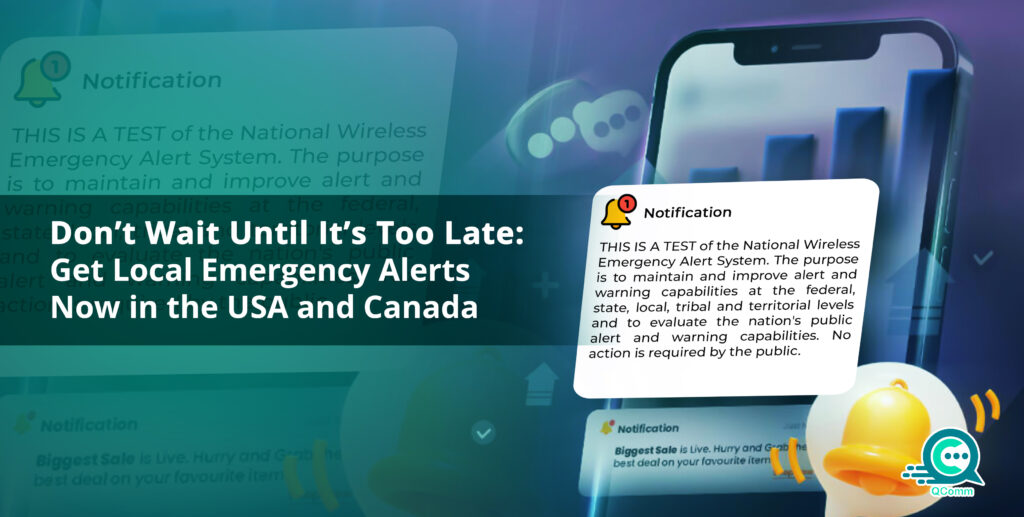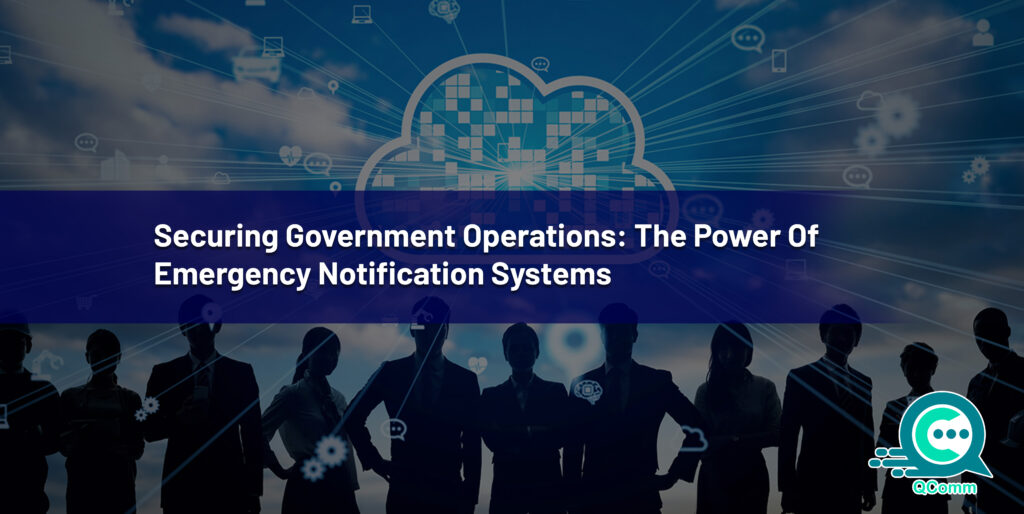
Natural disasters can strike without warning, leaving communities vulnerable and in need of crucial information to stay safe. In both the United States and Canada, where extreme weather events such as wildfires, hurricanes, and floods are becoming more frequent, it’s vital to stay informed. Early warning systems save lives, providing critical time to take action before disaster hits. Yet, many people are still unaware of how to sign up for these alerts on their phones or through local emergency systems.
According to the Federal Emergency Management Agency (FEMA), while 90% of U.S. counties have experienced a natural disaster since 2013, there has been a decline in people signing up for emergency alerts. In Canada, similar trends have been observed, with many unaware of their local alert systems. Whether you live in a high-risk area or not, preparing for emergencies by signing up for alerts should be your first step toward safety.
Table of Contents
- Turning On Wireless Emergency Alerts on Your Phone
- Signing Up for Local Emergency Alerts
- Popular Emergency Alert Systems in the U.S. and Canada
- Why You Need to Sign Up for Multiple Alerts
- Double-Check Your Registration and Update Regularly
- The Human Element: Don’t Just Rely on Tech
Here’s a step-by-step guide to ensuring you and your family stay informed during emergencies.
1. Turning On Wireless Emergency Alerts on Your Phone
Wireless Emergency Alerts (WEAs) are vital in circulating urgent information, from natural disasters to missing persons and other public safety emergencies. These alerts, sent through cell towers, target cell phones in specific areas to provide real-time notifications based on your current location.
WEAs are enabled on most phones by default. However, many users unknowingly turn them off after receiving a loud text alert. It’s important to know how to turn these alerts back on and adjust your settings to receive only the alerts that matter most to you.
For iPhone Users:
- Navigate to your iPhone Settings.
- Select Notifications.
- Scroll down to Government Alerts.
- Toggle Emergency Alerts and Public Safety Alerts to the “on” position (they will appear green).
- Enabling the Local Awareness option will improve the accuracy of emergency alerts based on your real-time location.

For Android Users:
- Go to Android Settings.
- Scroll down to Safety & Emergency.
- Select Wireless Emergency Alerts.
- Toggle on the Allow Alerts option.
- Enable alerts for Extreme Threats, Severe Threats, and Public Safety Messages based on your preferences.
These steps ensure that no matter where you are, you’ll receive vital alerts in emergencies.

2. Signing Up for Local Emergency Alerts
While WEAs are a great start, relying solely on them may not be enough, especially in complex disasters. For example, during the 2018 Camp Fire in California, authorities used several methods to notify residents, but WEAs were not used. This highlights the importance of signing up for local government alerts, which often provide more detailed and region-specific instructions.
In the U.S., there is no national standardized emergency alert system. Similarly, Canada’s emergency alert systems vary by province and territory, meaning the signup process can differ depending on where you live. However, these local systems are critical in ensuring you stay informed about evacuations, road closures, and other urgent updates during a disaster.
To sign up for local alerts:
- Search online for your county, city, or province’s emergency alert system. For example, search “Los Angeles County emergency alerts” or “Toronto emergency alerts” to find the appropriate site.
- Register your mobile phone, email, and street address. Many systems allow multiple addresses, so you can receive alerts for your workplace, children’s schools, or other important locations.
- Some systems allow you to customize the type of alerts you want to receive, whether for natural disasters, missing persons, or law enforcement activities.
Make sure to save the emergency alert system’s contact information to your phone and mark it as “Do Not Block” when using your phone’s “Do Not Disturb” feature.
3. Popular Emergency Alert Systems in the U.S. and Canada
Emergency alerts in the U.S. and Canada often use third-party platforms to distribute notifications. Familiar systems include:
- QComm: A rapidly growing internal communication and emergency alert system in the U.S and Canada, trusted by businesses to send real-time alerts across all devices with instant message receipts.
- OnSolve CodeRED: Used by many U.S. counties, this platform sends notifications about evacuation orders, shelter-in-place advisories, and other emergencies.
- Everbridge: Common across North America, Everbridge powers many government-run alert systems, offering notifications via text, email, or phone.
- Rave Mobile Safety (Smart911): Used in the U.S. and parts of Canada, Rave provides personalized emergency notifications, allowing users to pre-register important information, like medical needs, for first responders.
Each of these platforms offers slightly different services, so it’s important to review the features when signing up to ensure you’re getting the alerts that best fit your needs.
4. Why You Need to Sign Up for Multiple Alerts
During a natural disaster, communication channels can fail. Power outages, downed cell towers, and internet disruptions can make it harder for emergency notifications to reach you. Signing up for multiple alert systems—like WEAs, local alerts, and even emergency email notifications—ensures you have as many layers of information as possible.
This was the case during Hurricane Harvey in Texas when flash flooding and power outages affected cellular networks. Residents who had signed up for multiple alert services were more likely to receive critical updates and evacuation orders through alternate channels. In Canada, the 2023 wildfires in British Columbia saw similar disruptions, further emphasizing the need for multiple communication methods.
5. Double-Check Your Registration and Update Regularly
Even if you’ve signed up for alerts before, it’s essential to periodically review your registrations. Many local governments upgrade their alert systems, and your information might not always transfer over to new platforms. Additionally, if you move or change phone numbers, you’ll need to update your information to stay informed.
Pro tip: Make a habit of reviewing your emergency alert settings during your regular disaster preparedness routine, such as when updating your emergency kit or reviewing your household evacuation plan
6. The Human Element: Don’t Just Rely on Tech
While technology has made it easier to stay informed, it’s still essential to have a comprehensive disaster plan in place. Alerts delivered via phone or email rely on technology that could fail during a disaster. In the event of a total communication breakdown, many governments use non-electronic methods like door-to-door notifications or vehicle-mounted speakers.
But remember, sometimes you may need to evacuate before an official order is issued. This was the reality for many families in Canada during the 2021 Lytton wildfire, where the fire moved so quickly that there wasn’t time for official warnings. Having a disaster plan, practicing evacuation drills, and staying alert to environmental cues are just as crucial as receiving official alerts.
Conclusion: Stay Informed and Stay Safe
Signing up for emergency alerts is a simple yet essential step in preparing for natural disasters. Whether in the U.S. or Canada, taking advantage of WEA systems, local government alerts, and third-party services can make all the difference when disaster strikes. But don’t stop there—review your settings regularly, sign up for multiple alerts, and prepare a backup plan in case technology fails.
For more tips on staying prepared and managing emergency communications, visit QComm. Don’t forget to subscribe to our newsletter to stay updated on the latest in emergency alert systems and how you can protect your family in the face of disaster.


